Formafantasma on GEO-Design and design education
Design Emergency began as an Instagram Live series during the Covid-19 pandemic and is now becoming a wake-up call to the world, and compelling evidence of the power of design to effect radical and far-reaching change. Co-founders Paola Antonelli and Alice Rawsthorn took over the October 2020 issue of Wallpaper* – available to download free here – to present stories of design’s new purpose and promise. Here, Paola Antonelli talks to designers Andrea Trimarchi and Simone Farresin of Studio Formafantasma
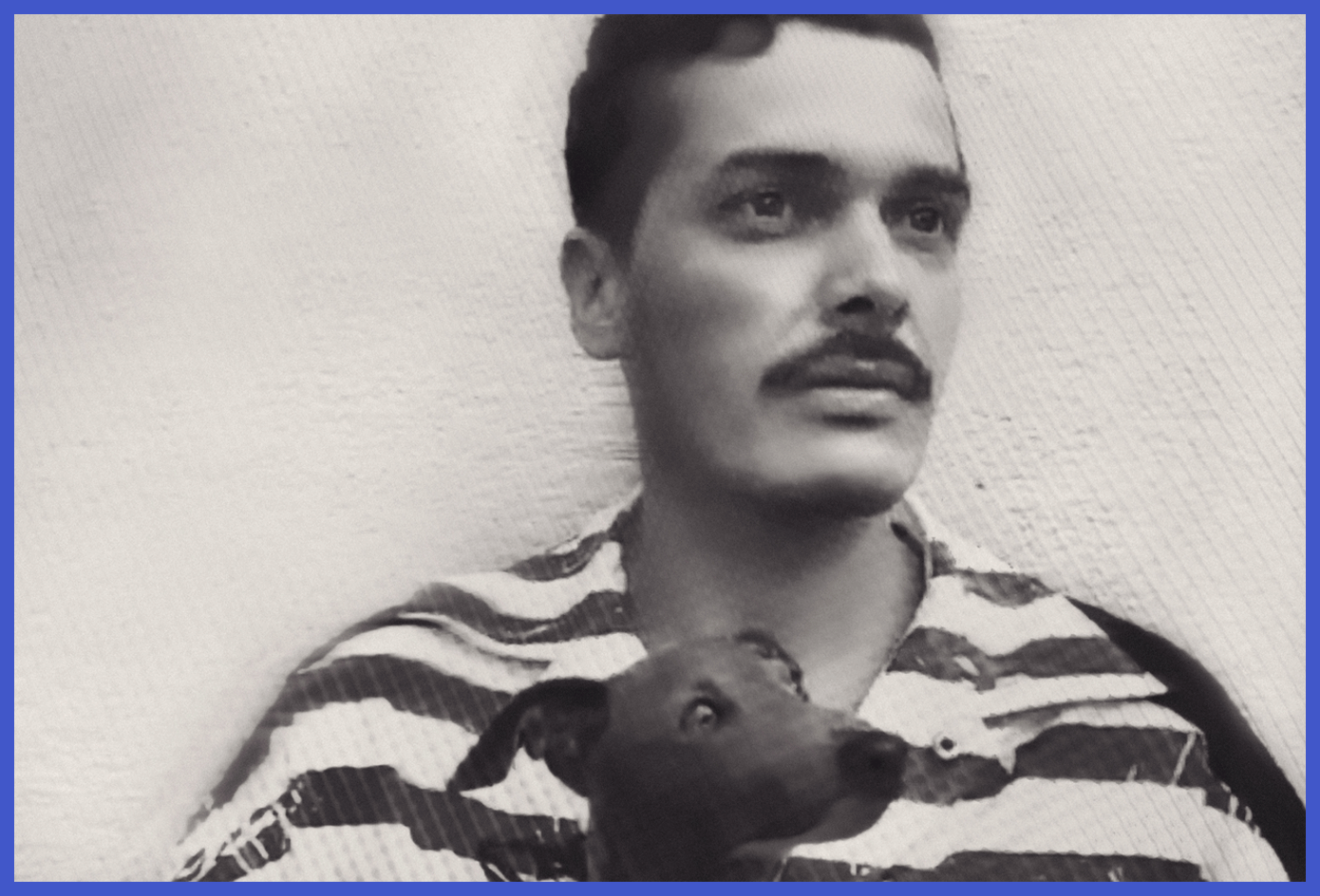
Italian-born, Amsterdam-based designers Andrea Trimarchi and Simone Farresin, aka Formafantasma, have a unique ability to be exquisitely elegant ‘form givers’ (1950s Italian masters like Franco Albini and Carlo Scarpa come to mind) while at the same time surreptitiously pouncing at the jugular of unethical networks and practices that are deeply entangled with design and production – exposing them so they can hopefully be dismantled.
Paola Antonelli questioned the duo on the role of the investigative design they have helped establish; on the exhibition ‘Cambio’ at Serpentine Galleries, devoted to the timber industry; and on the new master’s degree on GEO-Design that they will run at Design Academy Eindhoven, which will be ‘a platform to explore the social, economic, territorial, and geopolitical forces shaping design today’.
By teaching students and inspiring practitioners beyond the confines of the design world, Formafantasma hopes to populate the world with designers who have committed to using their métier to dismantle systems of oppression and exploitation of humans and other species and natural resources. In other words, to be engaged activists.
Paola Antonelli: What is GEO-Design?
Simone Farresin: Joseph Grima, the director of Design Academy Eindhoven, introduced the concept of GEO-Design first as an exhibition curated by Martina Muzi, where alumni of Design Academy have a chance to explore the concept on a thematic basis. The 2018 ‘GEO-Design: Alibaba’ exhibition was the first, and last year Martina curated ‘GEO-Design: Junk’. Now it is also a department, and Joseph asked us to be the heads. We have a similar perspective on what needs to be done in design education. In the future, maybe GEO-Design will also become a publication, and more. There are different ways of interpreting the term. We feel that design has been focusing on the needs of users for a long time, and sometimes there is a disregard for the infrastructure upon which design operates. Whenever we produce an object or a service, inevitably we support an economy, a way of sourcing materials or transforming, distributing them. We believe that if as designers we investigate this way of producing things, we can become more knowledgeable and develop a holistic perspective that can allow us to become much more critical, possibly inventive, in ways that go beyond the product and the object and also infiltrate the way the object is produced, recycled or distributed.
PA: What kind of students have you accepted into the programme?
SF: We welcome a variety of different practitioners, even beyond the fields that generally apply to design. We would be very happy to welcome people from economic studies or from the sciences, because we definitely believe in an interdisciplinary approach. We believe it is extremely important to not compartmentalise knowledge, but rather to create bridges between different fields of knowledge. In your work, you always collaborate and try to build bridges, often in order to consider the sociopolitical implications of design.
PA: Can you please describe a typical collaboration, for instance related to your latest exhibition, ‘Cambio’, at London’s Serpentine Galleries?
SF: ‘Cambio’ is an exhibition looking into the timber industry and in order to investigate it, we created a network of relationships with a variety of different practitioners – scientists, specifically wood evolutionists and wood anatomists; people with more humanistic backgrounds, like philosopher Emanuele Coccia; NGO members and activists; anthropologists; and institutions with wood-based collections, such as the Victoria & Albert Museum and Kew Gardens, which also lent to the show. With ‘Cambio’, we’re focusing not just on the timber industry in general, but rather on understanding its governance, and all these different practitioners helped us shed light on the complex infrastructure of the extraction of timber from forests.
AT: The exhibition is actually the starting point of a much broader investigation that will also land in GEO-Design. The first trimester will be focused on the timber industry and on ‘Cambio’, and we will bring in all the people we have connected to in the year and a half of developing the exhibition. They will be part of the teaching, the mentorship, or they will be a guest in the programme.
PA: Design investigations are worthy of an investment of time and money beyond a presence at a design week or an expo. And this is where the GEO-Design platform also comes into play. How is the teaching of design and architecture changing around the world?
SF: One of the things that we want to put into question in design education is that it is often focusing on the individual and on the author, the idea of the designer who has a signature and imposes that onto the world. But we think something we can learn from the scientific method is that when a piece of research starts and you publish the results, others can appropriate it, and of course credit where the research comes from, but also contribute to it. We are also thinking about the construction of a GEO-Design platform, which can be just internal to the department, but also possibly publish the work of the students for the outside world.
AT: Our way of thinking to structure the course is that the first part will be collective, and students will be able to ‘steal’ each other’s research. People could then collaborate within the department, as a group, or as a duo, or three people together. The course should be like an octopus, with one head and multiple tentacles that can explore.
PA: What is the ultimate goal of the GEO-Design initiative?
SF: The ecological component is at the root of the department, the prefix ‘geo’ is extremely important. It’s a way to say that design can no longer be considered in a vacuum, that the planet in this moment, in the Anthropocene, is calling us to take action and actually create a safe life not only for ourselves, but also for other species. Our aim is to educate a generation of designers who have a holistic perspective, who can think beyond the product, who are able to critically look at the world we live in and take ecology on a serious level.
AT: And then bring it back to their own sphere. As we mentioned, we are trying to gather a group of people that are not product designers, and later, they can challenge their own discipline. It’s what we are trying to do also with our own work. We are trying really hard. Hopefully in the future, we will show the result of it – that we don’t want to only preach about certain things, but we want to put things into practice. That’s something that we want also our students to do.
Receive our daily digest of inspiration, escapism and design stories from around the world direct to your inbox.
RELATED STORY
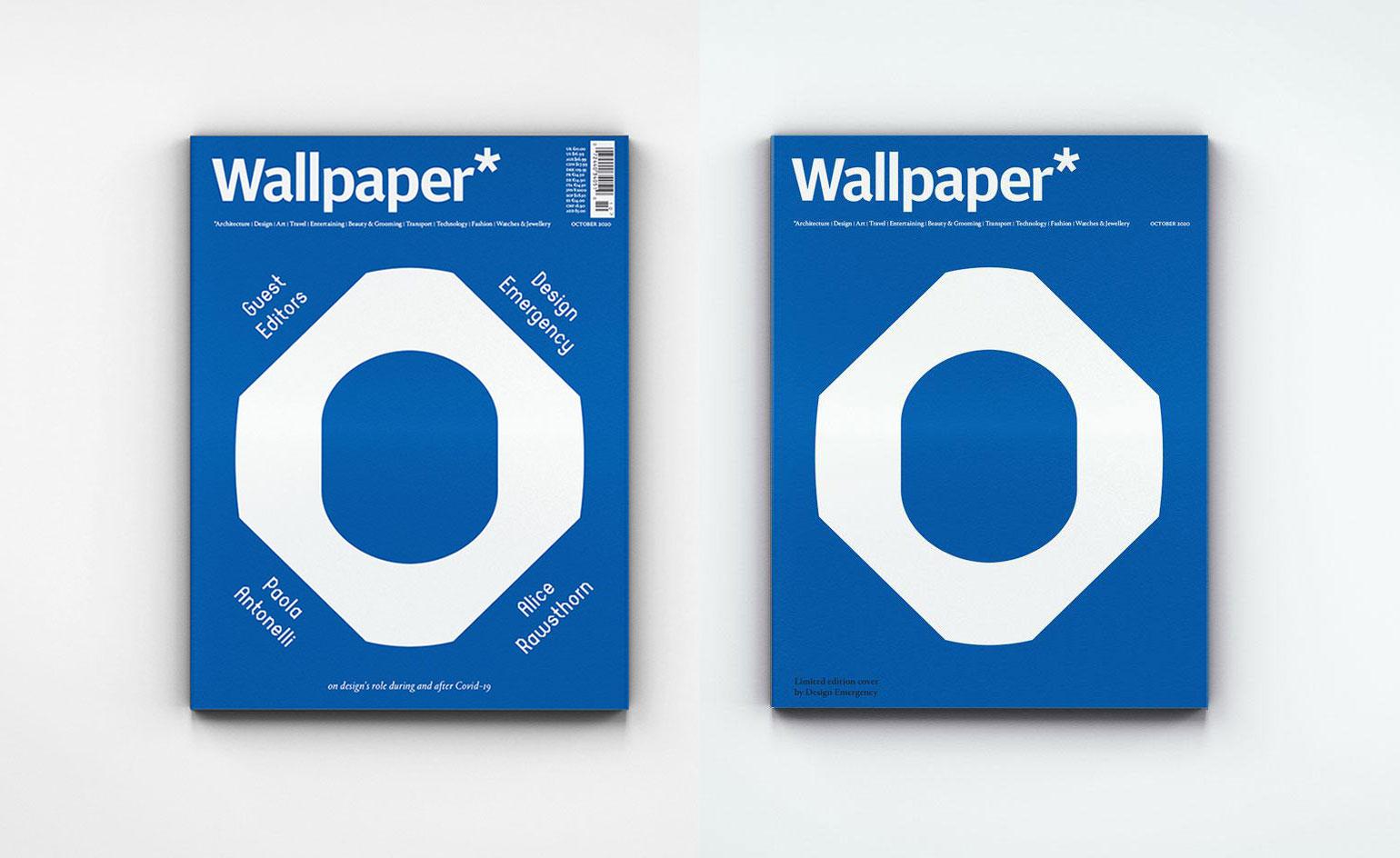
PA: What will the students do when they come out of the school?
SF: We hope, of course, that students that graduate from the department will be able to work traditionally in a design studio, but there are multiple other places where their design can have an impact. We can imagine them working, for instance, for NGOs, or as activists, and also in research and development departments of companies.
AT: In this moment, practically all the companies in the world have a sustainability department. We are trying to educate those kinds of people that can challenge companies to think outside the box.
PA: I’m hoping they will become mayors or presidents, too.
SF: Absolutely, because the attempt, actually, is to use design as a way of bridging knowledge. Something that was evident, for instance, when we did the extensive investigation of electronic waste is how much knowledge is fragmented and compartmentalised. There is a lack of conversation between all the different parts. Design can play a role because at the end of the day, if we are the ones shaping the world, we should also be the ones in touch with all these different practitioners, and possibly creating links and conversations which are actually, in this moment, sadly, not happening.
PA: That also means educating the rest of the world on a new way to use design. Is that a challenge?
SF: Honestly, we still struggle with that. We would expect that investigations like ‘Cambio’ or ‘Ore Streams’ [Formafantasma’s investigation into the recycling of electronic waste, commissioned by NGV Australia and Antonelli, in her role as curator of the XXII Triennale di Milano] could be seen by a company that would ask us to look at what they do, and see if we can expand it outside of the design of the product and think from a more holistic perspective.
AT: But then it boils down to the fact that they are not even able to understand how to pay us, especially because traditional design, product design, is based on a royalty system. If we provide another kind of service within a company, how do they pay us? And they are not able to find a way of intervening within that context.
PA: I’ve called your brand of design ‘investigative design’; I appreciate very much the interviews that you conduct in your research projects.
SF: The interview is our favourite way of doing research, specifically when you engage with scientists, because scientists cannot express opinions in their scientific papers, but when you interview them, they can be much more elastic and associative in their way of speaking.
AT: What we did in ‘Ore Stream’ or in ‘Cambio’ usually started with one or two people, and then you discover this enormous network of people that are all connected.
PA: Not only do you do the research, but also, you present it in the most elegant way possible. It seems that ‘objects’ are not your primary goal, even though they are often sublime. What is the actual product of your design process?
SF: Our practice is, of course, evolving and changing. In projects such as ‘Ore Streams’ and ‘Cambio’, the product is the research. In the case of ‘Ore Streams’, the product was also a series of very pragmatic strategies. Everybody was seduced by the objects we designed. But to make sure people would not get carried away by their elegance and forget the ‘learning’ part of the project, we made an animated video with suggestions of practical solutions that could be put into practice in this moment, to make electronic products more repairable and recyclable. We’re not at that stage with ‘Cambio’ per se. But this is, for instance, one of the possible outcomes of our investigations, to work not only on the level of the product, but also on a strategic level.
PA: What is the most important step for designers to take in these next few months, in your mind, while we wait for a vaccine?
SF: We are completely obsessed with the ecological emergency. Any way to tackle that at multiple levels. Designers can go from what is needed tomorrow, or today – like improving recycling – to visionary solutions. They could talk, for instance, about how the economy is structured, come up with new models.
AT: Which are much needed! The Covid emergency really shows us how the economy we are living in is completely wrong and fragile.
SF: It also demonstrated that the way that the urban environment is designed is wrong. I think there’s plenty that can be done on an urban level. And of course, we are extremely preoccupied with how materials are sourced. There’s a lot that needs to be investigated to make us designers much more aware of our material choices.
PA: You’ve been trying to get people to understand, to empathise and almost be resin, be lava stone, be trees. What is your next frontier?
SF: In the GEO-Design course, but also in our practice, we are looking into design for non-humans. Not robots, but other living creatures on the planet, because – and this is also another problem of design – we put the human at the centre, but we need to enlarge the centre to include other species. How can we, as designers, think about the needs of other species? We cannot really become trees, we cannot really become dogs or other animals, but we can empathise with those other species and use the tools that we have to try to understand.
AT: At Design Academy we will include talks and workshops with the conservationist Meredith Root-Bernstein and the artist Alexandra Daisy Ginsberg, on how to design for other species. Probably that will become the beginning of one of our investigations.
INFORMATION
A version of this story appeared in the October 2020 issue of Wallpaper*, guest edited by Design Emergency. A free PDF download of the issue is available here.
formafantasma.com
geodesign.online
orestreams.com
-
 Terrified to get inked? This inviting Brooklyn tattoo parlour is for people who are 'a little bit nervous'
Terrified to get inked? This inviting Brooklyn tattoo parlour is for people who are 'a little bit nervous'With minty-green walls and an option to 'call mom', Tiny Zaps' Williamsburg location was designed to tame jitters
-
 Let’s hear it for the Chopard L.U.C Grand Strike chiming watch
Let’s hear it for the Chopard L.U.C Grand Strike chiming watchThe Swiss watchmaker’s most complicated timepiece to date features an innovative approach to producing a crystal-clear sound
-
 Form... and flavour? The best design-led restaurant debuts of 2025
Form... and flavour? The best design-led restaurant debuts of 2025A Wallpaper* edit of the restaurant interiors that shaped how we ate, gathered and lingered this year
-
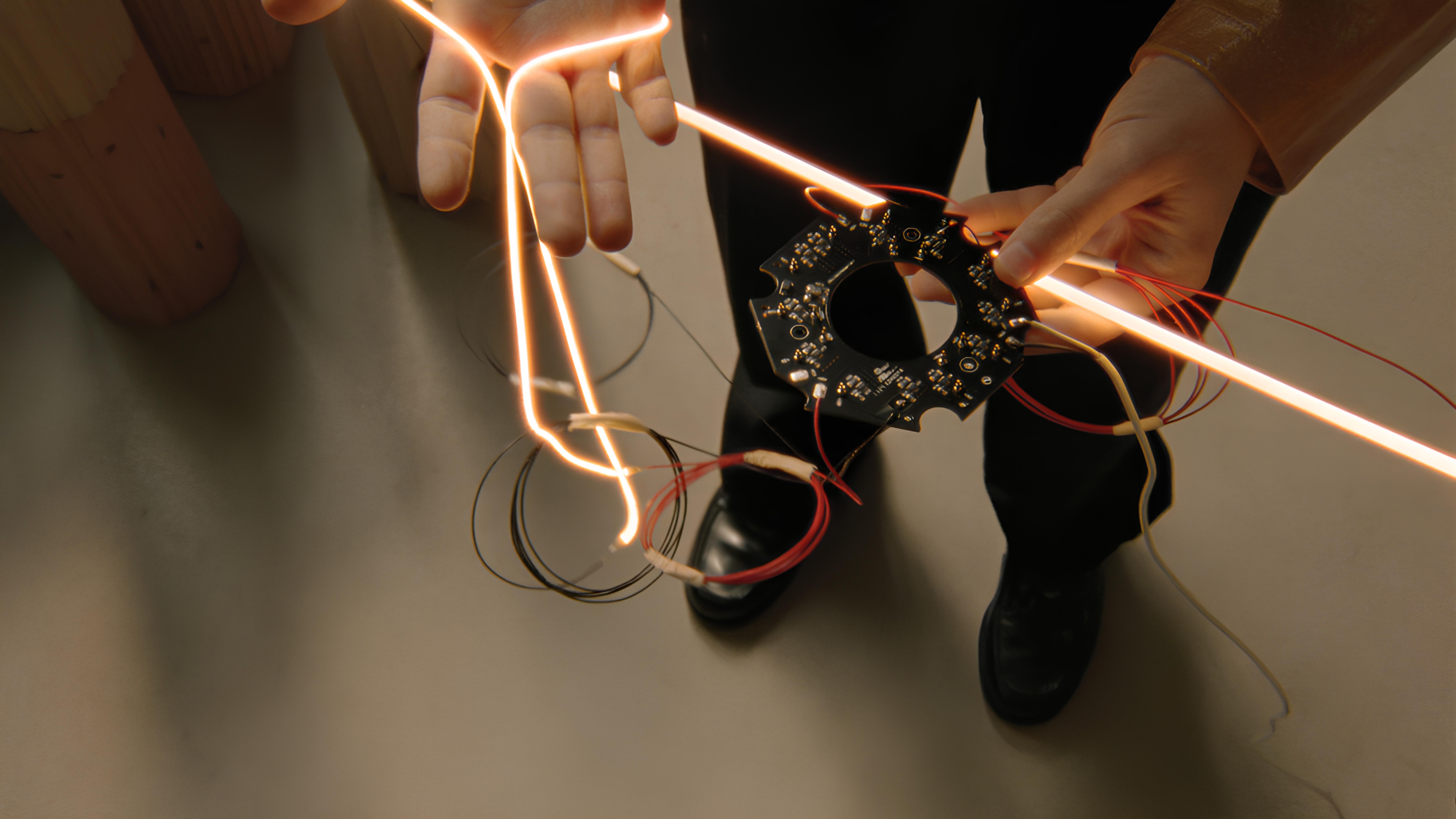 An exclusive look at Flos’ mesmerising short films from Euroluce, each a love letter to lighting
An exclusive look at Flos’ mesmerising short films from Euroluce, each a love letter to lightingFormafantasma and Nicolò Terraneo’s series of videos showcasing Flos’ new lighting designs are ‘a beautiful piece of creative direction’
-
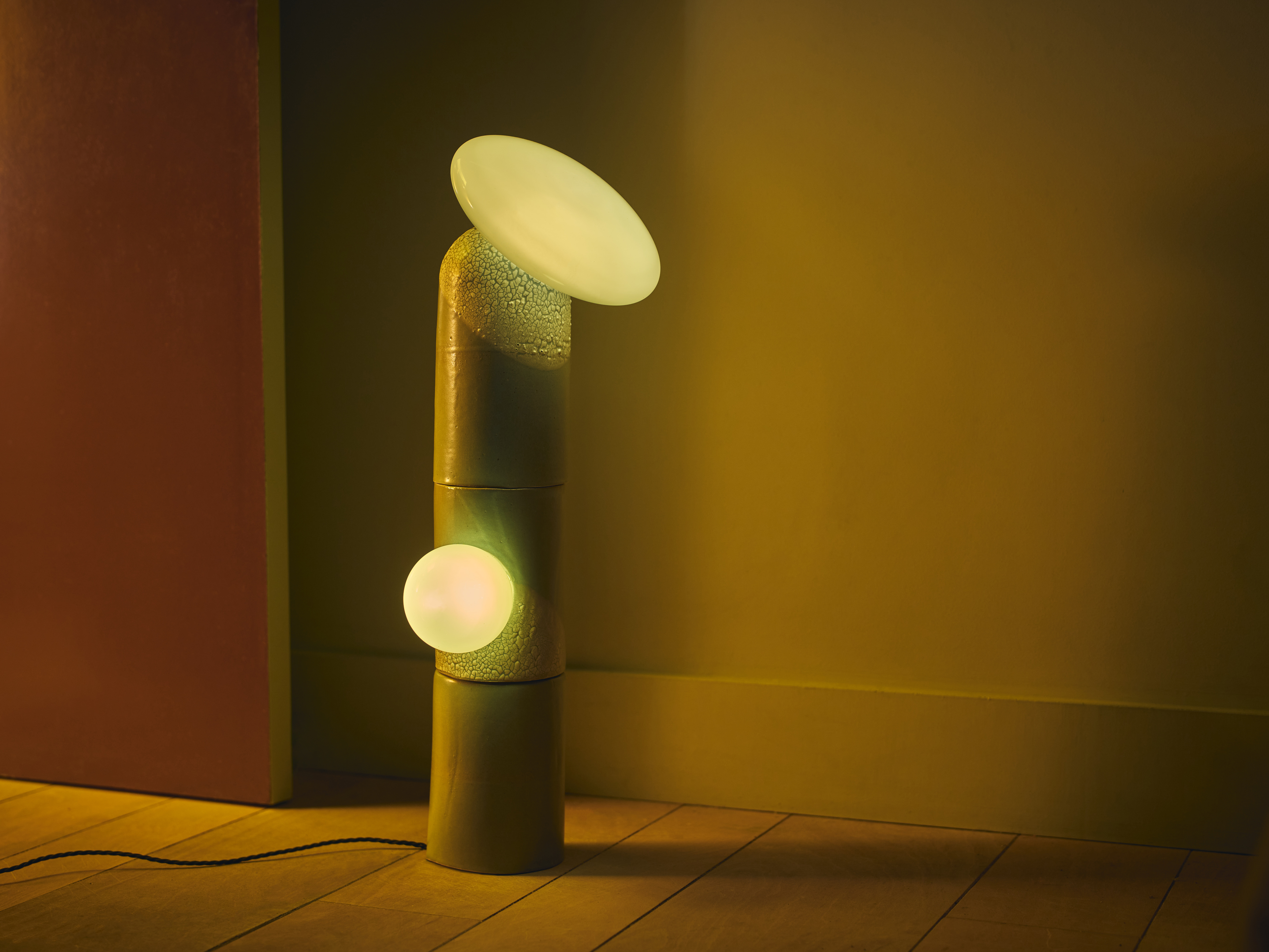 Elegant floor lamps for ambient evenings
Elegant floor lamps for ambient eveningsThe best floor lamps and where to buy them: switch on to subtle lighting with our edit of elegant standing lamps for your home
-
 'To My Ships' is a new personal care brand with a clean conscience
'To My Ships' is a new personal care brand with a clean conscienceWe interview founder Daniel Bense and designers Formafantasma to hear how the brand came to life
-
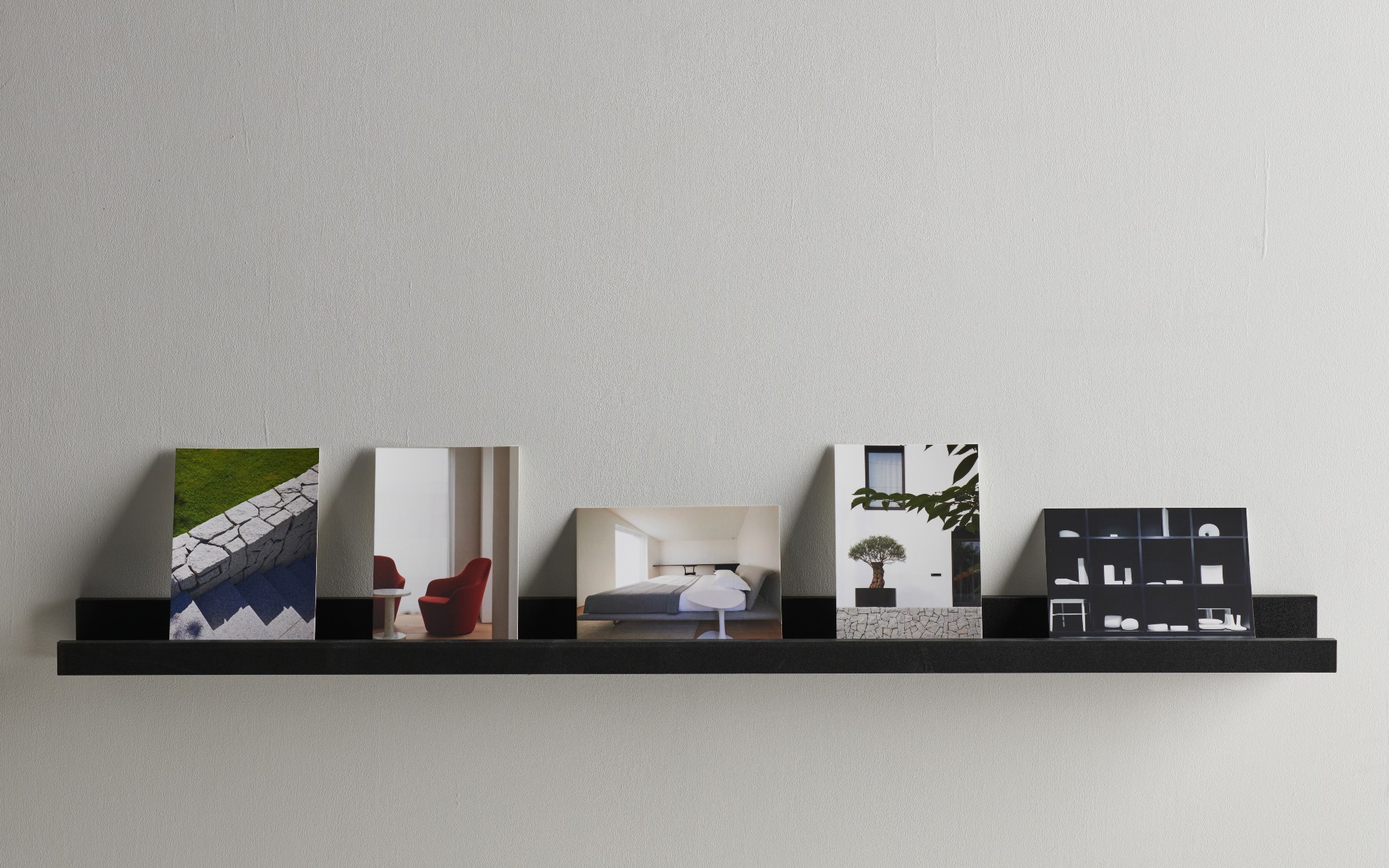 At Home With Naoto Fukasawa
At Home With Naoto FukasawaIn our ongoing profile series, we find out what designers are making, what’s making them tick, and the moments that made them. Japanese designer Naoto Fukasawa tells us about his striking new live-work atelier in Tokyo and his ethos of not only designing objects, but an integrated atmosphere
-
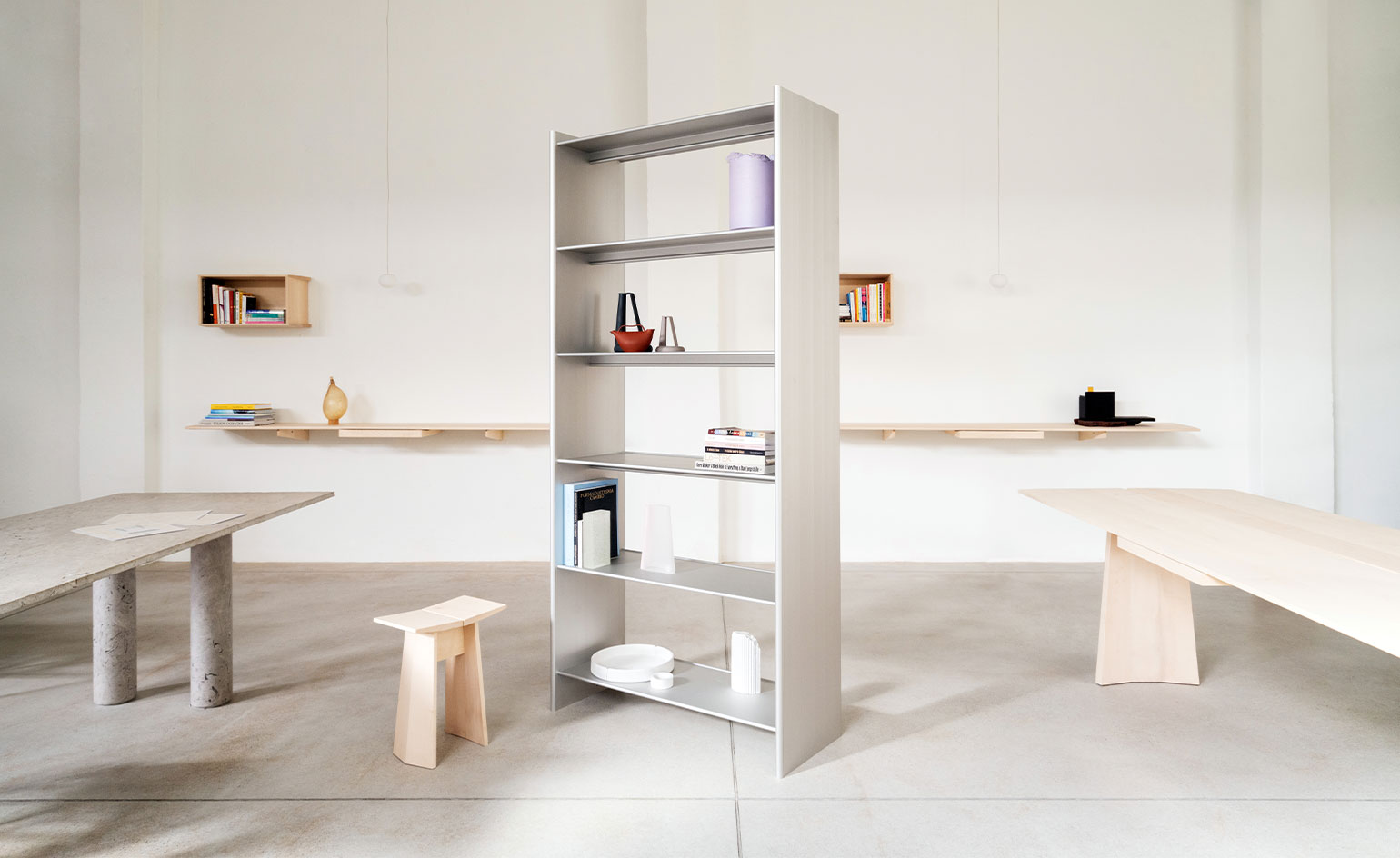 Formafantasma’s minimalist, responsible shelving system for Hem
Formafantasma’s minimalist, responsible shelving system for HemFormafantasma and Hem unveil the ‘T Shelf’, a design in extruded aluminium created in collaboration with specialist Hydro
-
 Bodil Kjær at 90: ‘I am not a furniture designer; I am a designer of environments’
Bodil Kjær at 90: ‘I am not a furniture designer; I am a designer of environments’We celebrate the work of Danish architect and designer Bodil Kjær, on her 90th birthday (11 March 2022). In this exclusive interview, she shares her views on spaces, furniture and her life in design
-
 Nifemi Ogunro talks design and family
Nifemi Ogunro talks design and familyExplore the work and inspiration of Brooklyn-based artist and designer Nifemi Ogunro
-
 Nick Cave on cracking smiles and breaking eggs
Nick Cave on cracking smiles and breaking eggsNick Cave adds ‘the greatest little egg cup ever' to his recently launched shop Cave Things